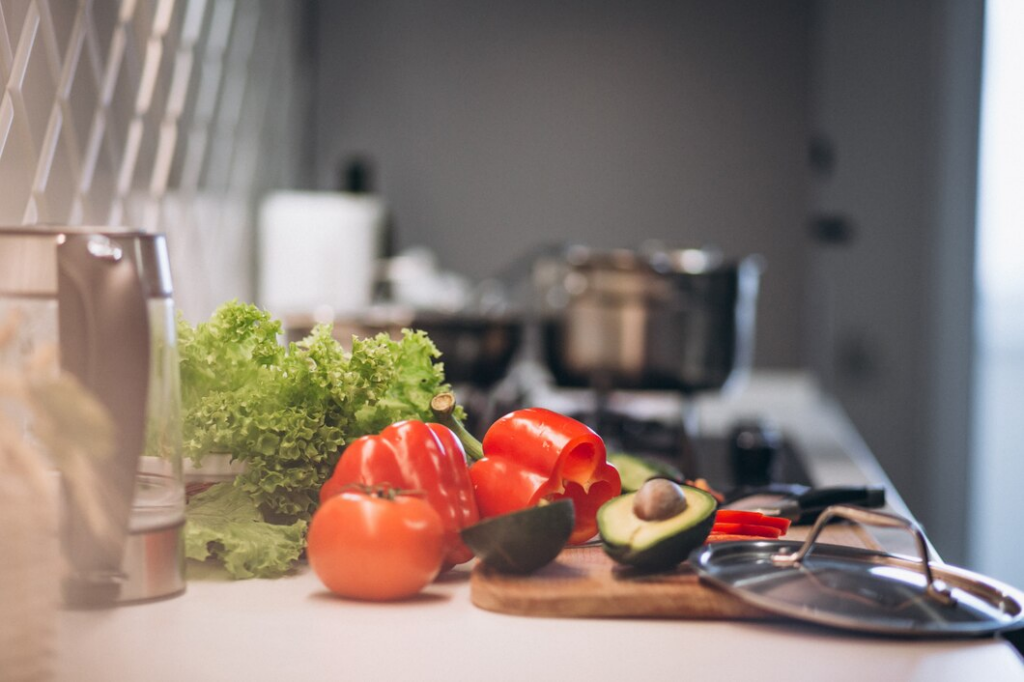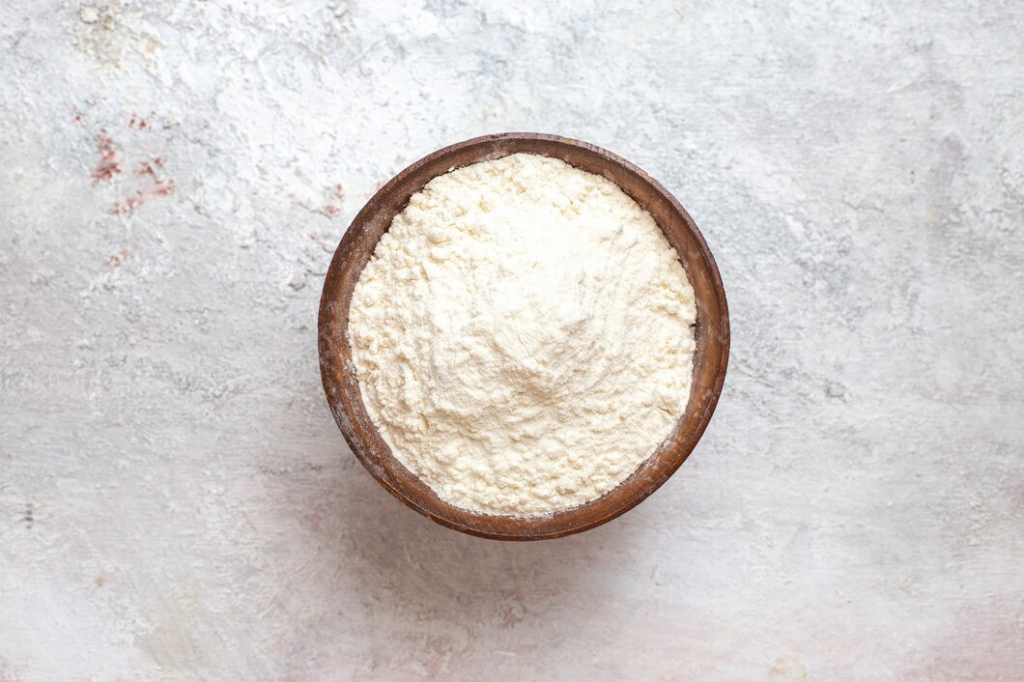Keeping fruits and vegetables clean is an important step for making sure they’re safe to eat, yet it’s easy to skip or rush through. A quick rinse under the tap might seem enough, especially with organic produce. But it’s not just pesticides that can be an issue. Bacteria and germs can cling to the surface, whether the produce is organic or not. This is why properly washing fruits and vegetables is key, especially if you’re eating them raw.
The good news is that there’s a simple, effective way to get rid of pesticide residue and other unwanted contaminants: baking soda. It’s a low-cost, everyday item that can make a big difference in ensuring your produce is ready to enjoy.
Study Explores Removing Pesticides with Baking Soda
Recent research published in the Journal of Agricultural and Food Chemistry revealed how effective baking soda can be in cleaning pesticides from fruits and vegetables. In a study led by the University of Massachusetts, gala apples were used as test subjects with remarkable results.
The team looked at two specific pesticides: thiabendazole, which can seep into apple skin, and phosmet, a more commonly used pesticide. These chemicals were applied to organic apples, and different washing methods were tested to see which one worked best at removing the residue.
Three Ways For Removing Pesticides
The study tested three methods to see how well they cleaned pesticide residue off apples:
- Tap water: This is the quick rinse most people do, simply running the fruit under water.
- A baking soda solution: A mix of one percent baking soda and water—an easy, homemade option that many already use for cleaning.
- A commercial bleach solution: Surprisingly, bleach is sometimes used to wash produce. It’s an EPA-approved product, but using something like bleach on food might raise some eyebrows.
What the researchers found was interesting. After two minutes of washing, neither the tap water nor the bleach solution did much to remove the pesticides. This shows that just rinsing produce under water isn’t enough to get rid of all the chemicals. Even the bleach, which sounds powerful, barely made a difference. In contrast, the baking soda solution really stood out—it was much more effective at stripping away the harmful pesticide residue, proving to be the best option.
Best Way For Removing Pesticides

When it comes to removing pesticides from produce, baking soda turns out to be the most effective solution, as the study demonstrated. The simple one-percent baking soda solution managed to remove almost all traces of pesticides, performing far better than either tap water or even the commercial bleach solution.
The study found that after washing the apples for around 12 to 15 minutes, about 80% of thiabendazole—a pesticide that penetrates deep into the apple skin—was removed. Phosmet, another pesticide that doesn’t seep as deeply, was eliminated even more effectively, with 96% being washed away. The difference lies in how these pesticides behave: while thiabendazole absorbs more deeply into the skin, phosmet stays closer to the surface, making it easier to clean off.
What makes baking soda so effective is its ability to break down and neutralize the chemical residues on the surface of fruits and vegetables. It’s a natural and non-toxic method that gets the job done without introducing more chemicals into your food. Plus, it’s something most people already have in their kitchens, making it an easy and accessible choice.
DIY Methods for Washing Fruits and Vegetables
Baking soda has always been a favorite for those who prefer natural, do-it-yourself cleaning methods. Many people mix it with water, vinegar, or lemon juice to create a simple solution for washing their fruits and vegetables. Some even take it a step further and use a spray bottle—just spray the produce, give it a good rub, and rinse it off. It’s quick, easy, and gets the job done without any fuss.
The reason these DIY methods work is that baking soda helps break down and lift off unwanted residues. Vinegar and lemon juice add an extra punch of natural cleaning power, making the whole process more effective. Plus, it feels good knowing you’re avoiding harsh chemicals and using something safe that’s probably already sitting in your kitchen.
Foods Most Affected by Pesticides
Not all fruits and veggies are equal when it comes to pesticide residue. According to the Environmental Working Group (EWG), some are much more likely to have chemicals lingering on their surfaces, even after washing. This list, known as the Dirty Dozen, includes everyday favorites like:
- Strawberries
- Spinach
- Kale
- Apples
- Grapes
- Peaches
These are the ones to keep an eye on and wash carefully. On the flip side, there’s the Clean Fifteen, a list of produce that tends to have fewer pesticides. This group includes items like avocados, sweet corn, and pineapples, which are generally safer options when it comes to chemical exposure.
Knowing which foods are more likely to carry pesticides can help you make better choices at the grocery store. If possible, go organic with the Dirty Dozen, or use a baking soda wash to get rid of as much residue as possible before digging in.
Making Sure Your Produce is Clean

To ensure fruits and veggies are truly clean, here are a few easy things you can do:
- Give them a soak: For tougher produce like apples or potatoes, soaking them in a baking soda solution for 10-15 minutes does the trick. This gives the baking soda time to work on breaking down those stubborn residues.
- Use a scrub brush: For thicker-skinned fruits and veggies, like cucumbers or melons, gently scrubbing with a soft brush can help get rid of dirt and pesticides.
- Rinse thoroughly: After soaking or scrubbing, make sure to rinse everything under running water to wash away any remaining particles.
- Don’t skip organic produce: Even organic fruits and vegetables can carry dirt and bacteria. They still need a good wash to make sure they’re clean and ready to eat.
Following these simple steps will help ensure your produce is fresh and safe before eating.
The Power of Baking Soda for Cleaner Produce

Baking soda has proven to be a simple, yet powerful way to ensure fruits and vegetables are as clean as possible. While quick rinses under tap water might be common, they simply don’t do enough to remove pesticide residue or bacteria. The study has shown that baking soda effectively breaks down harmful chemicals on produce, making it the best choice for those who want a safer way to clean their food.
Whether it’s through soaking your apples or giving your vegetables a good scrub, incorporating baking soda into your routine is an easy and inexpensive method to keep your food fresh and safe. With just a little extra effort, you can enjoy the peace of mind that your produce is free of harmful residues.



